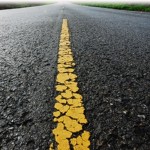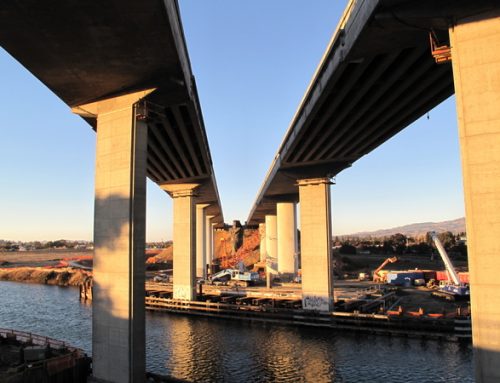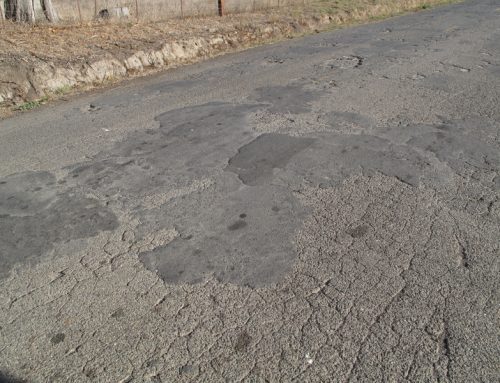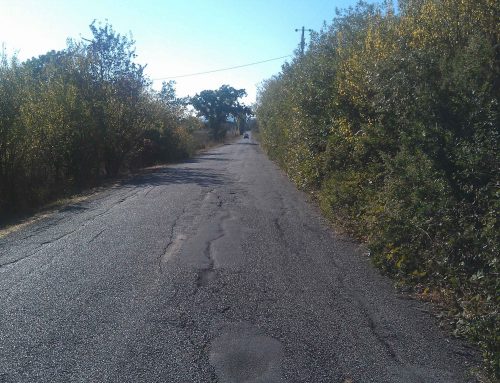Well aware that northbound Highway 101 can become a parking lot during afternoon commute hours, transportation officials in Marin County are actively seeking solutions to the frustrating traffic jams that can stretch for miles. Even the carpool lanes slow to a crawl.
 Next week, the Transportation Authority of Marin will begin documenting the problem and figuring out ways to fix it.
Next week, the Transportation Authority of Marin will begin documenting the problem and figuring out ways to fix it.
Suggestions on the table include changing carpool hours or requiring three people in HOVs, doing away with carpool lanes, adding metering lights on entrance ramps and studying obsolete interchanges like the one that serves Greenbrae.
Want more details? Here’s the full story by Mark Prado published Sept. 5 in The Marin Independent Journal.
Armed with cameras on the ground and in the air, Marin transportation officials will begin documenting the frustration-filled afternoon northbound commute along Highway 101 with an eye toward tweaks that could bring relief.
The almost daily ritual for drivers coming north begins as early as 4 p.m. as commuters, parents driving children home from school and people taking local trips all coalesce on the highway, producing virtual gridlock from the Richardson Bay Bridge to the Greenbrae Interchange. And it doesn’t let up for two to three hours.
Even the carpool lane can slow to a crawl, said Dianne Steinhauser, executive director of the Transportation Authority of Marin.
“We seem to be reaching capacity in the carpool lane,” she said. “It can really be slow moving. The whole backup is 5 miles between Sir Francis Drake and the Richardson Bay Bridge now, and it will only get longer.”
Steinhauser is looking for answers and solutions. Next week she will lead an effort to get data on the vexing commute. Traffic will be counted, travel times will be gathered and video will be taken from the ground and by helicopter. The numbers will be crunched and delivered to the transportation authority board, possibly by the end of the month.
“We will try to define the northbound commute,” she said. “We will try to paint that bigger picture of what is happening and why.”
Part of the focus will be on the carpool lane, which gets crowded and on some days doesn’t provide the relief it was designed to deliver. Steinhauser estimates it’s about 80 percent of capacity – carrying about 1,500 cars an hour. Capacity is 1,800 vehicles an hour.
“It has gotten busier,” said commuter said Ken Eichstaedt of Olema, who uses the carpool lane. “It reminds me of the time right before the dot.com bust.”
Since April 2009 a complete carpool lane on northbound Highway 101 through Marin has been open to drivers, but in 2013 it doesn’t always help alleviate evening commute traffic jams in the southern part of the county.
“It’s hard to know if people are using it illegally, or if cars with (clean air) stickers are jamming it up or if it’s just a sign of the better economy,” Steinhauser said.
Changing carpool hours, increasing occupancy requirements from two to three people, or doing away with the carpool lane have been bandied about, but there are concrete steps being considered, officials said.
“We are willing to work with TAM and Caltrans to look at these things,” said John Goodwin, spokesman for the Metropolitan Transportation Commission, which helps oversee the Bay Area’s carpool network. “Sometimes small changes can help.”
About 36,900 Marin County residents commute to San Francisco and points south, according to MTC figures, meaning that many come back north. That’s not counting the thousands of people coming to and from Sonoma and other North Bay counties.
“We are also sensing that people from the East Bay are commuting over the Bay Bridge in the morning, but are coming back over the Richmond-San Rafael Bridge in the evening,” Steinhauser said, adding TAM will gather bridge traffic data to determine if that is in fact true.
Part of the contributor is local traffic getting onto the freeway. Metering lights – stop lights that regulate passage onto the freeway – is another idea that has been discussed.
“That can add between 5 and 15 percent to capacity, but then you have to make sure traffic does not back up onto local streets,” Steinhauser said.
Another issue is the Greenbrae interchange, where many northbound drivers exit the highway, while others get on. The mixing of the groups serves to hang up traffic flow.
“That is such a crazy interchange,” Goodwin said. “It’s like an interchange from the 1940s or 1950s that has been grafted onto a modern freeway. It’s obsolete.”
A $143 million plan to reconstruct that stretch of Highway 101 is on the table, but just how it should be done is being debated.
“We know the Greenbrae project will help,” Steinhauser said. “We are looking to find some solutions. The fact of the matter is the traffic is terrible right now.”



